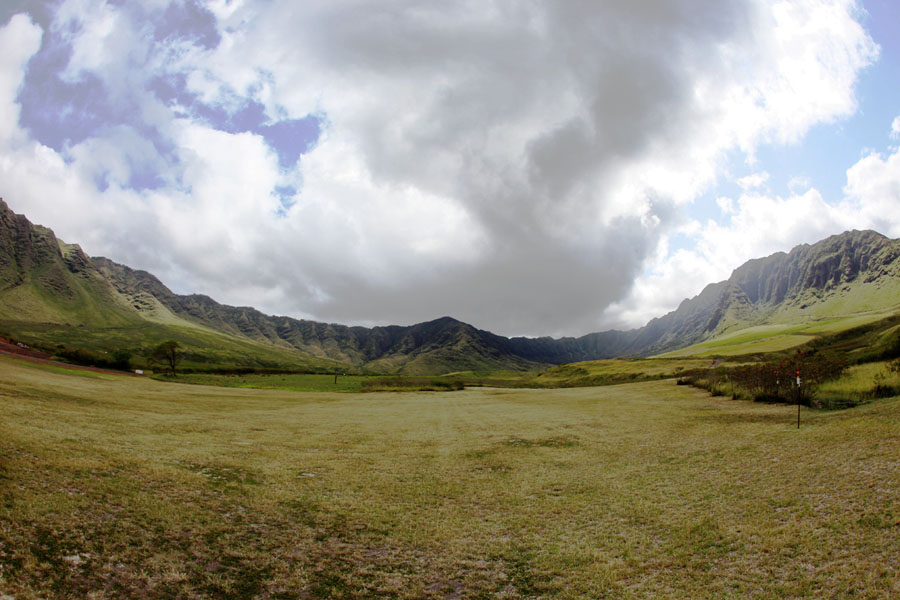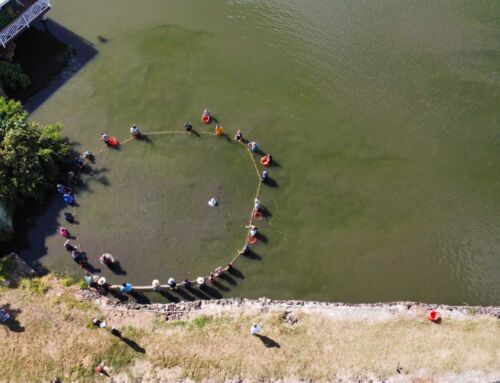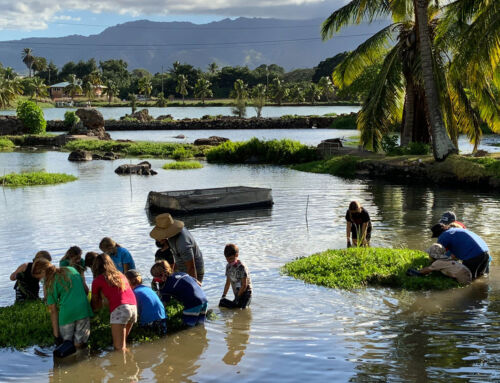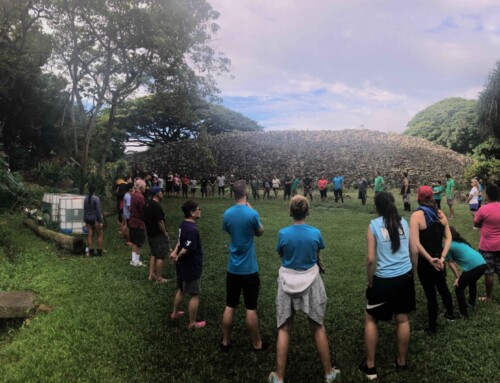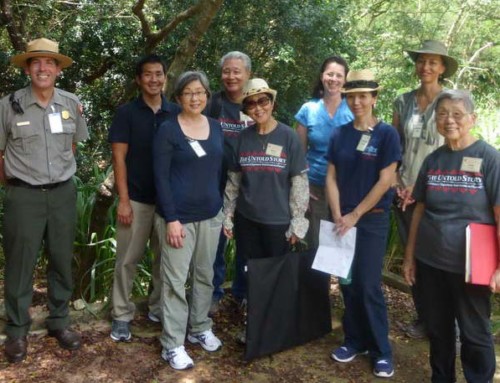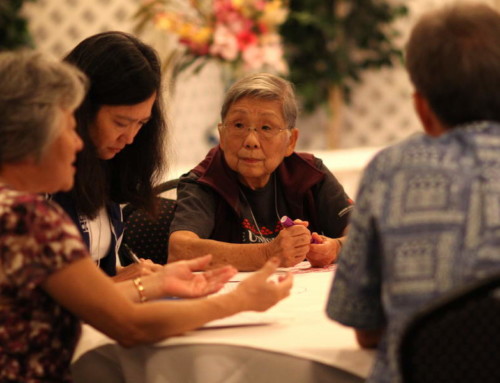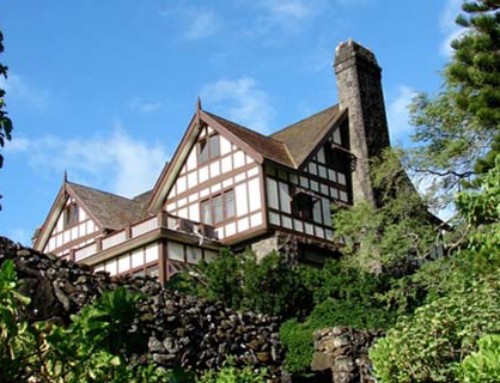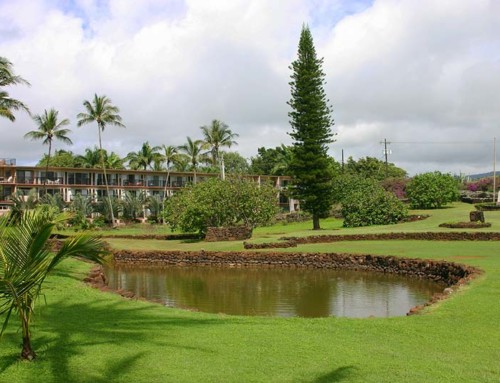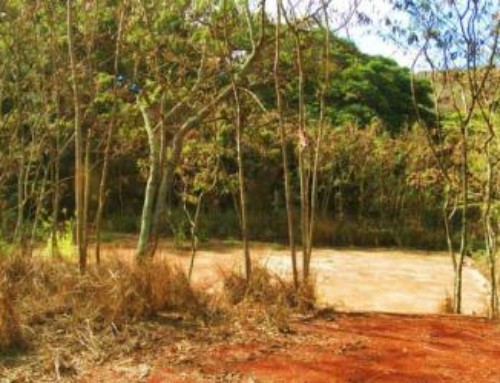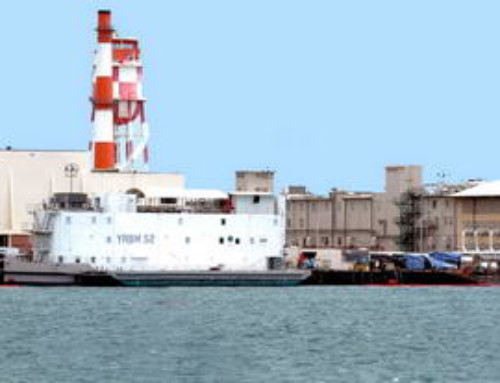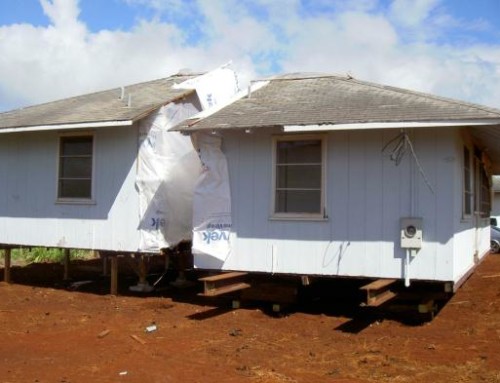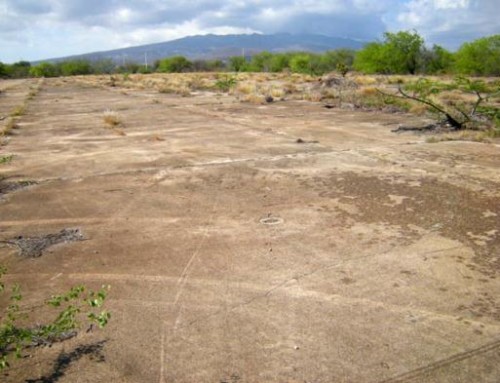By Keola Lindsey, Office of Hawaiian Affairs
A traditional cultural property (TCP) is one example of a property type that can be included in, or determined to be eligible for inclusion in, the National Register of Historic Places (NRHP). A TCP’s significance can be associated with the beliefs, customs and practices which define the very foundation of a given community or group. This important recognition does not mean that the identification of a property as a TCP automatically confirms NRHP eligibility. All of the Secretary of the Interior’s Standards and Guidelines, National Park Service (NPS) guidance and the requirements of, and criteria described in, the National Historic Preservation Act (NHPA) implementing regulations, which are applicable to any property in order to determine NRHP eligibility are also applicable to a TCP.
While properties assigned possible traditional, religious and cultural significance have always been included in, or determined to be eligible for inclusion in the NRHP, the NPS published formal guidance on and the following general examples of TCP in 1990:
A location associated with the traditional beliefs of a Native American group about its origins, its cultural history, or nature of the world;
A rural community whose organization, buildings and structures, or patterns of land use reflect the cultural traditions valued by its long term residents;
An urban neighborhood that is the traditional home of a particular cultural group, and reflects its beliefs and practices;
A location where Native American religious practitioners have historically gone, and are known or thought to go today, to perform ceremonial activities in accordance with traditional cultural rules of practice; and
A location where a community has traditionally carried out economic, artistic or other cultural practices important in maintaining its historical identity.
In these general examples, we see that any community or group can identify and assign significance to a TCP. The NPS publication describes a broad range of specific TCP which are significant to a variety of communities and Native American groups.
From certain Hawaiian perspectives, a TCP offers the potential to extend beyond the boundaries defined by past methods, theories, patterns and practices that have resulted in historic properties of religious and cultural significance being isolated from a traditional cultural landscape as disarticulated points within the area of potential effect of a federal undertaking. The past methodology may be convenient for federal agencies with NHPA responsibilities because it facilitates the standard physical mitigation of historic properties with neatly defined boundaries. It is however, contrary to traditional Hawaiian thinking and certain accounts which describe the origins of man and our interconnectivity with, and responsibility to our surrounding environment and the resources necessary for our very survival and well-being.

Photo of Malaea (foreground) and Kamaileunu Ridge (center), Wai‘anae, Island of O‘ahu (courtesy Kai Markell): Certain traditional accounts describe Ka Ulunui o Pōka‘ī, where the first coconuts in Hawai‘i are said to have been planted by the chief Pōka‘ī. The planted coconuts eventually sprouted and grew into a grove along the backshore of the sands of Nene‘u. Kū‘ilioloa Heiau (not pictured) is located on the southern end of Malaea at Kane‘ilio Point. The chiefs Pōka‘ī and Lonoakaehu are each said to have set specific pōhaku used in the construction of this heiau.
The guidance and examples provided by the NPS indicate that a TCP also offers the potential to extend beyond any emphasis that has been placed on evidence of human activity as an indication of the presence of historic properties of religious and cultural significance to the Hawaiian people. A TCP can be the “site” or location, including natural objects or geological formations where events or activities have occurred, regardless of whether any evidence of the occurrence was left. In these situations, information gathered through documentary research and consultation with individuals who have demonstrated expertise and knowledge can be the key to determining NRHP eligibility.
Hawaiians can be faced with a decision of whether to disclose sensitive information relative to a TCP to a federal agency official or contracted consultant during the NHPA consultation process. Confidentiality concerns recognized by the NHPA implementing regulations may be applicable due to sensitive information relative to an identified TCP.
The standard physical mitigation measures that are familiar to those with NHPA consultation experience in Hawai‘i may not be applicable to a TCP because of the significance assigned to them and their geographic extent. With this in mind, the need for consultation to occur as early as possible to not only identify TCP, but to also consider alternatives that will completely avoid any adverse effects is of elevated importance. Certain Native American groups, such as the Navajo Natio recognize that a time to identify concerns relative to historic properties might be during the National Environmental Policy Act scoping process, when a wider range of alternatives can be considered.
As NHPA consultation, and the historic preservation and cultural resources management professions in Hawai’i continue to evolve in the future, all involved should look forward to seeing TCP achieve their full potential in recognizing the beliefs, customs and practices that define the many people, communities and groups who make Hawai’i our home.


